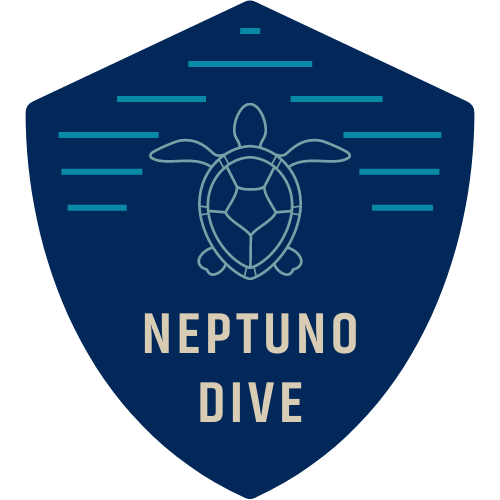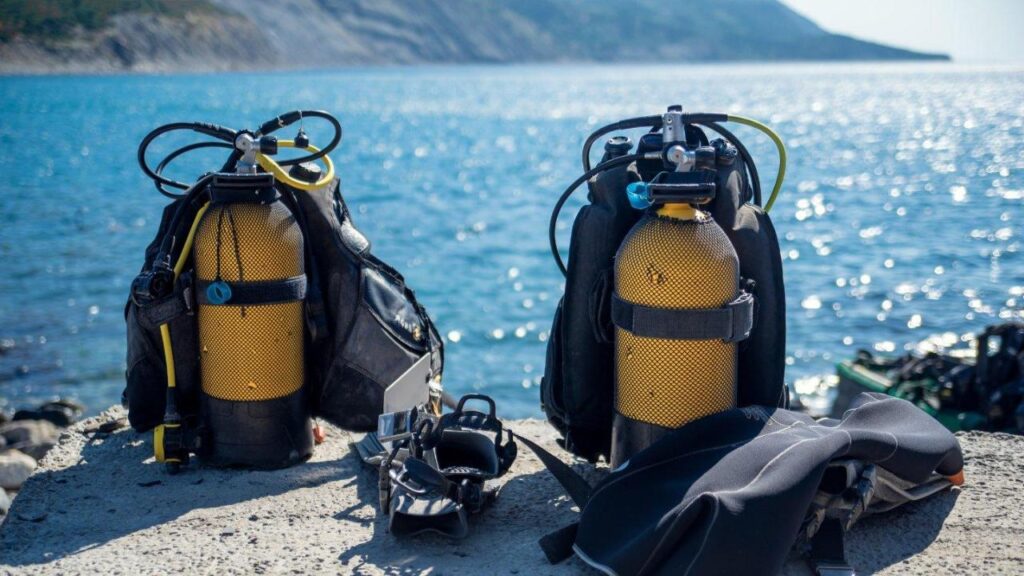Embarking on an underwater adventure opens up a world of extraordinary beauty beneath the waves. Whether you’re a seasoned diver or a curious beginner, exploring the planet’s most breathtaking underwater landscapes can transform how you see our blue planet. The perfect dive destination combines crystal-clear waters, diverse marine life, and unforgettable experiences that stay with you long after you’ve dried off. For home and garden enthusiasts who love to travel, these aquatic escapes offer a refreshing contrast to terrestrial pursuits.
The Great Barrier Reef: Australia’s Underwater Paradise
The Great Barrier Reef stands as an icon among dive destinations worldwide. Stretching over 2,300 kilometers along Australia’s northeastern coast, this UNESCO World Heritage site houses the largest coral reef system on Earth. What makes this destination particularly special is not just its size but its accessibility for divers of all experience levels. Many travelers plan their home renovations and garden projects around their dive travel schedule, making time to visit https://www.casajedo.es/ for inspiration before embarking on underwater adventures.
Marine Life Diversity in the Coral Kingdom
The biodiversity within the Great Barrier Reef rivals that of any ecosystem on the planet. With over 1,500 fish species, 400 types of coral, and countless other marine organisms, every dive reveals new wonders. Encounters with sea turtles, reef sharks, and vibrant schools of tropical fish are common occurrences. The reef also serves as a critical marine ecosystem where conservation efforts focus on preserving these underwater gardens for future generations to enjoy.
Best Diving Spots Along the 2,300km Stretch
While the entire reef offers exceptional diving, certain areas stand out for their unique features. The Ribbon Reefs north of Cairns provide some of the clearest waters and healthiest coral formations. Cod Hole offers the chance to swim with massive potato cod, while Osprey Reef in the Coral Sea features dramatic walls descending into the deep blue. For those interested in both dive travel and maintaining their gardens back home, many dive resorts now offer sustainability tips that translate well to home gardening practices, particularly regarding water conservation techniques useful for growing low-irrigation plants.

Raja Ampat: Indonesia’s Hidden Aquatic Treasure
Located in the heart of the Coral Triangle, Raja Ampat represents the pinnacle of marine biodiversity. This Indonesian archipelago contains more recorded fish and coral species than anywhere else on Earth, making it a priority destination for serious divers and marine enthusiasts. The remote nature of Raja Ampat has helped preserve its underwater landscapes, creating a pristine environment that feels untouched by time.
Pristine Coral Gardens and Endemic Species
What separates Raja Ampat from other dive destinations is its remarkable collection of endemic species found nowhere else. The region boasts over 1,700 fish species and 75% of the world’s known coral types. Diving here means swimming through vibrant coral gardens where pygmy seahorses hide among sea fans and schools of jackfish create swirling tornados. The health of these reefs offers lessons in ecosystem balance that many bring back to their home garden planning, inspiring natural, balanced approaches to landscaping.
Island Hopping and Dive Site Navigation Tips
With over 1,500 islands and countless dive sites, exploring Raja Ampat requires thoughtful planning. Most visitors opt for liveaboard cruises that provide access to remote sites like Misool, Dampier Strait, and the Fam Islands. The diving conditions vary throughout the archipelago, with sites suitable for beginners and others challenging enough for advanced divers with SSI certification. Between dives, the limestone islands offer stunning landscapes above water, with jungle-covered peaks and hidden lagoons that complement the underwater experience. Many travelers find that organizing their dive gear requires the same attention to detail as organizing a square kitchen back home, with everything having its proper place for efficiency and safety.

